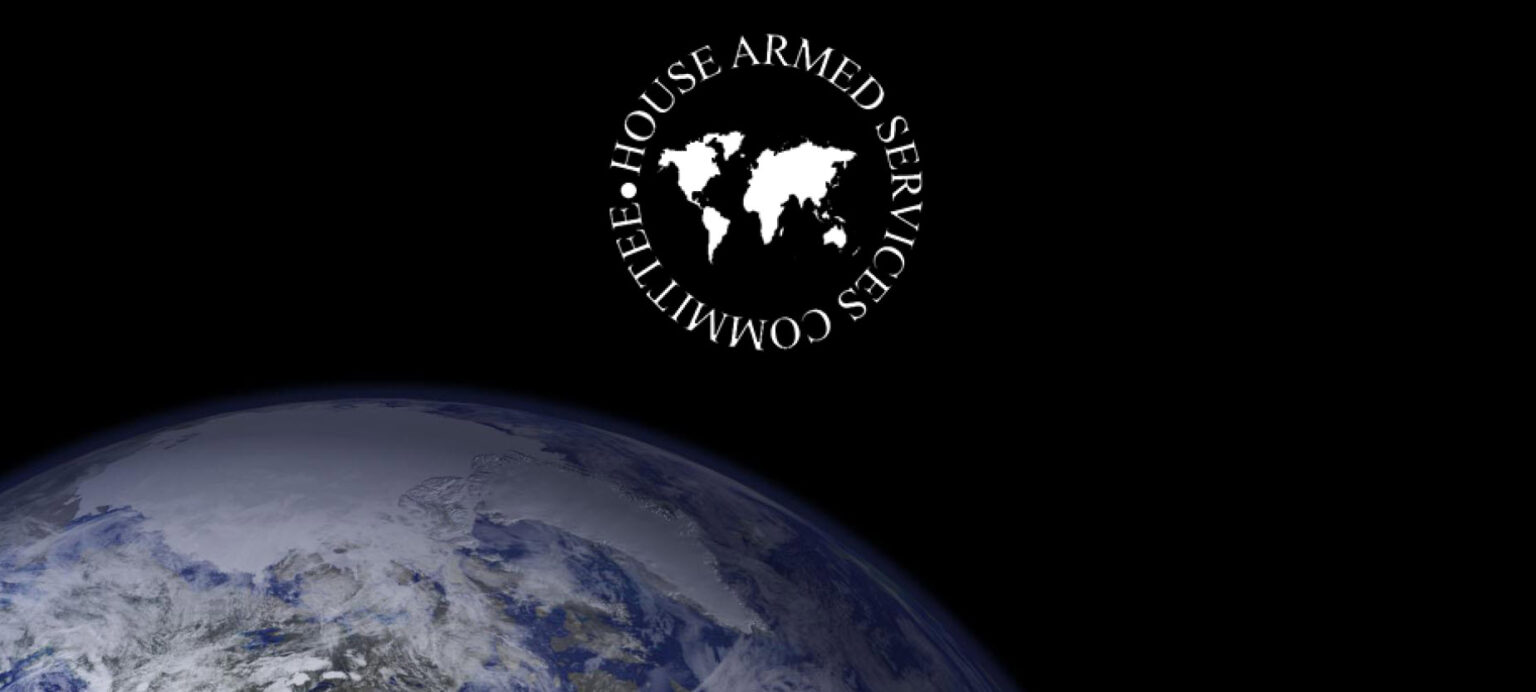Background
The United States faces an array of threats to our national security that is nearly unprecedented in its breadth and pace of change. Great power competition from Russia and China, which are both rapidly advancing next-generation warfighting capabilities to leapfrog our legacy systems, presents a dual threat unseen since the military surge of Axis Powers in the 1930s. At the same time, the threat of transnational terrorism that has been the focus of the Department of Defense for the last two decades persists, exacerbated by levels of migration unseen since World War II, the organizing power of social media, and the mounting pressures of climate change.
At home, America faces historic levels of social and political division that makes consensus around budgets, priorities, and a realistic evaluation of our national security threats particularly difficult. All this demands a re-examination of the Department of Defense’s strategy to ensure that its budgetary and policy priorities—as mandated by Congress—are focused on the needs of the future and not on the political and military-industrial loyalties of the past.
This has been the mission of the Future of Defense Task Force: to evaluate the strategic priorities of the U.S. Department of Defense in order to better match national resources to nextgeneration threats. Our goal has been to create a roadmap for the national security community for the next 30 to 50 years. Our investigation quickly revealed, however, that a whole-of-nation approach would be necessary for its implementation and success, so in that vein, this report is also a letter to the American people.
The stakes could scarcely be higher. The national security challenges the United States faces today are existential, and they cannot be met by simply doubling down on old models of policy and investment. Our adversaries are surging around the globe in a long-game effort to supplant westernstyle democracy with a form of authoritarianism that cloaks itself in capitalism as it undermines personal liberties and freedoms. The United States must recognize that without a new commitment to achieving technological superiority, the successes of the 20th century–the American Century–will no longer be assured.
Historically, the United States has risen to the challenge: the Marshall Plan, the development of the polio vaccine, and the Mercury and Apollo space programs are but a few examples of American ingenuity and leadership in the face of adversity. We are in a 21st century moment, and we believe the United States can meet it resoundingly. Ensuring the future of our defense is essential to ensuring the future of our peace. But it will take some serious work. This report does not anticipate how this conversation concludes, but rather lays out how it must begin. Where we go with it is up to Congress and the American people.
Document Archive
 Future of Defense Task Force Report 2020 [86 Pages, 3MB]
Future of Defense Task Force Report 2020 [86 Pages, 3MB]
 Loading...
Loading...Follow The Black Vault on Social Media:

